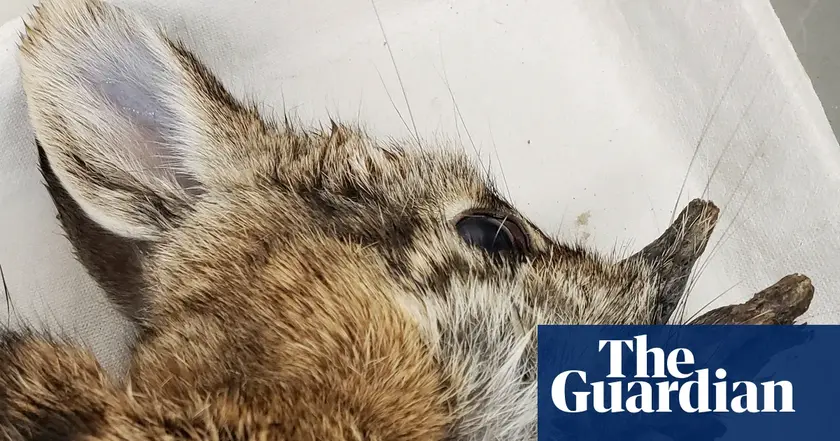T4K3.news
Horned rabbits in Colorado confirmed
Researchers confirm Shope papillomavirus is the cause in Fort Collins and advise avoiding contact with infected rabbits.
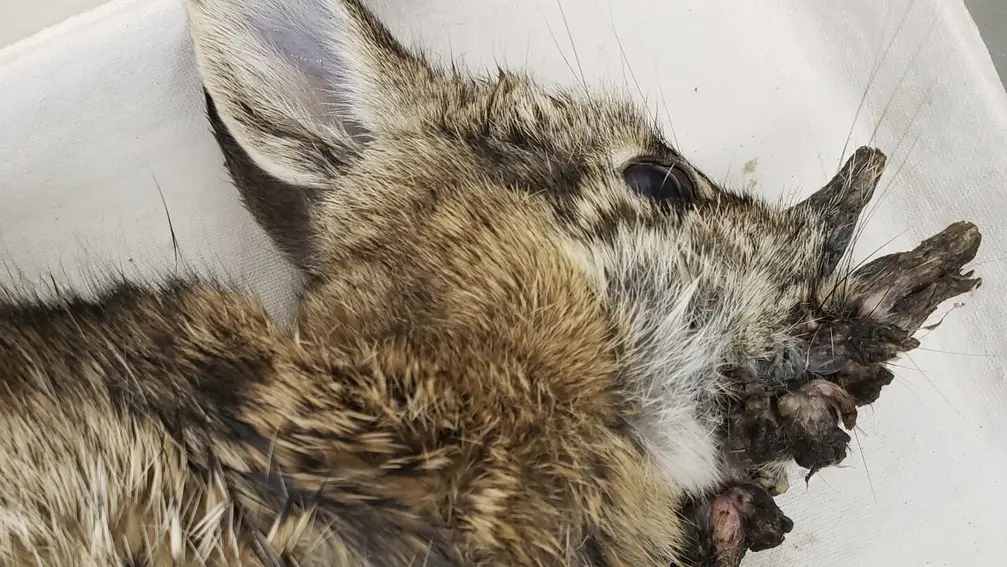
In Fort Collins, a group of cottontail rabbits has hornlike facial growths caused by Shope papillomavirus, a common wildlife virus.
Rabbits with virus-caused horns in Colorado
Fort Collins, Colorado, has become a focal point for a curious wildlife case. A group of cottontail rabbits has wart-like growths on their faces that resemble horns. Scientists say a common virus called Shope papillomavirus is to blame. The virus can pass between rabbits, especially in summer when fleas and ticks are more active, but it does not spread to humans or pets. The growths are usually not dangerous to the rabbits and tend to fade as the animals' immune systems fight off the virus.
Historically, the virus influenced folklore and helped scientists understand how viruses relate to cancer. It was named after Dr Richard E Shope, who identified it in the 1930s. Local wildlife officials say sightings are not unusual for the season, and authorities advise people to avoid handling wild rabbits to prevent stressing the animals.
Key Takeaways
"The virus can spread from rabbit to rabbit but not to other species, including humans and pets."
Spokesperson explains transmission risk.
"Growths resemble warts but can look like horns if they grow longer."
Health description of the growths.
"the virus is mostly harmless"
General assessment of the virus in rabbits.
"This is a reminder that science and folklore can collide in wildlife stories"
Cultural angle on the case.
The case sits at the crossroads of science and culture. A harmless viral condition in a small urban wildlife population can spark online chatter and colorful nicknames, which underscores the power of imagery in wildlife disease stories. Public fascination matters, but it also risks misinformation if facts are lost in the buzz. Clear, careful communication from wildlife agencies helps keep people from chasing or feeding wild animals or sharing misleading conclusions.
From a policy angle, the incident highlights the need for straightforward public information about wildlife diseases and how they behave. It also shows how local sightings can trigger broader conversations about disease ecology and monitoring. In the end, this is a reminder that science advances through careful observation, not sensational headlines.
Highlights
- The virus can spread from rabbit to rabbit but not to other species including humans and pets
- Growths do not harm rabbits unless they grow on the eyes or mouth
- These sightings remind us that wildlife health patterns show up in everyday life
- Public interest can educate if guided by science
Public reaction to horned rabbits risks misinformation
The unusual appearance of infected rabbits has drawn public attention and nicknames, potentially fueling rumors. Officials emphasize there is no risk to humans or pets. The attention underscores the need for clear, accurate information to prevent misinformation and unnecessary handling of wildlife.
Ongoing monitoring will clarify how common this virus is in local rabbit populations and what it means for wildlife health.
Enjoyed this? Let your friends know!
Related News

Frankenstein rabbits alert
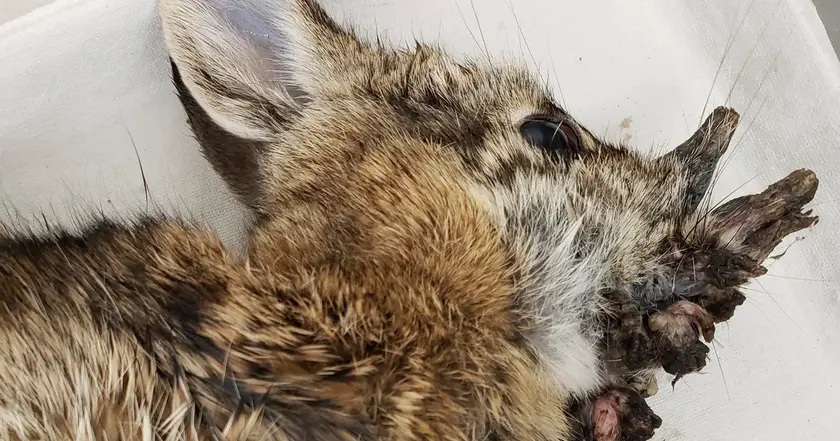
Colorado rabbits grow hornlike growths from a common virus
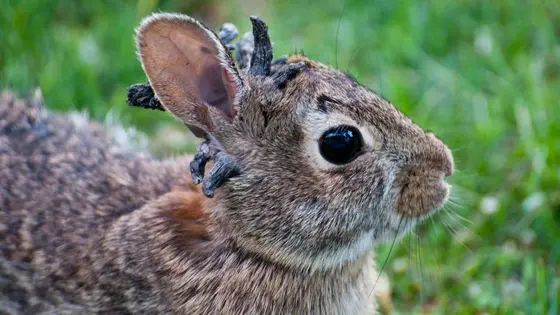
Rabbits with hornlike growths in Colorado
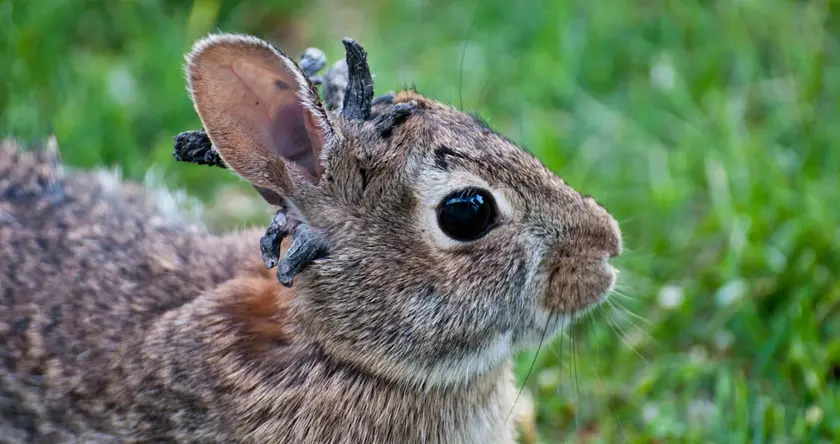
Wildlife health update from Colorado
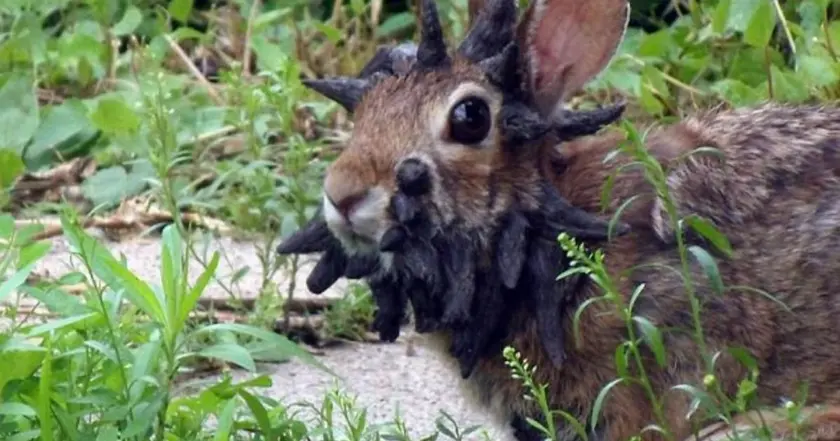
Virus turns CO rabbits into horned Frankenbunnies
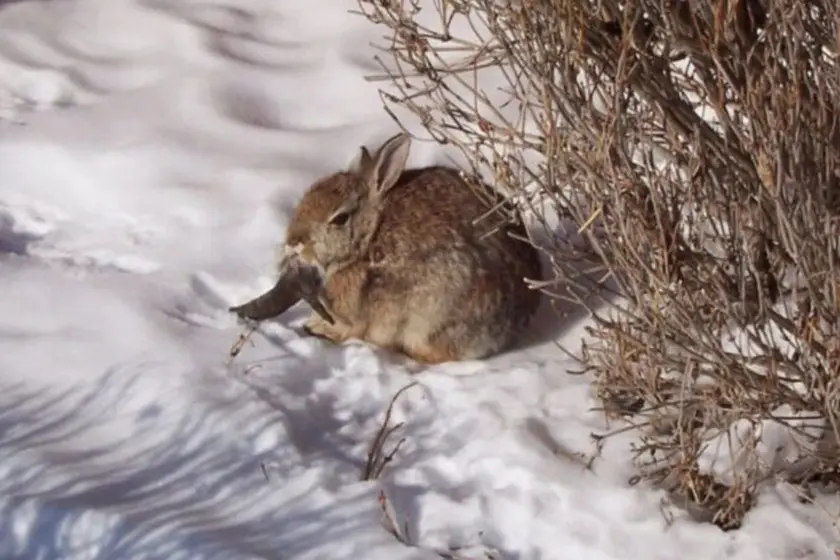
Rabbits in Colorado show virus linked growths
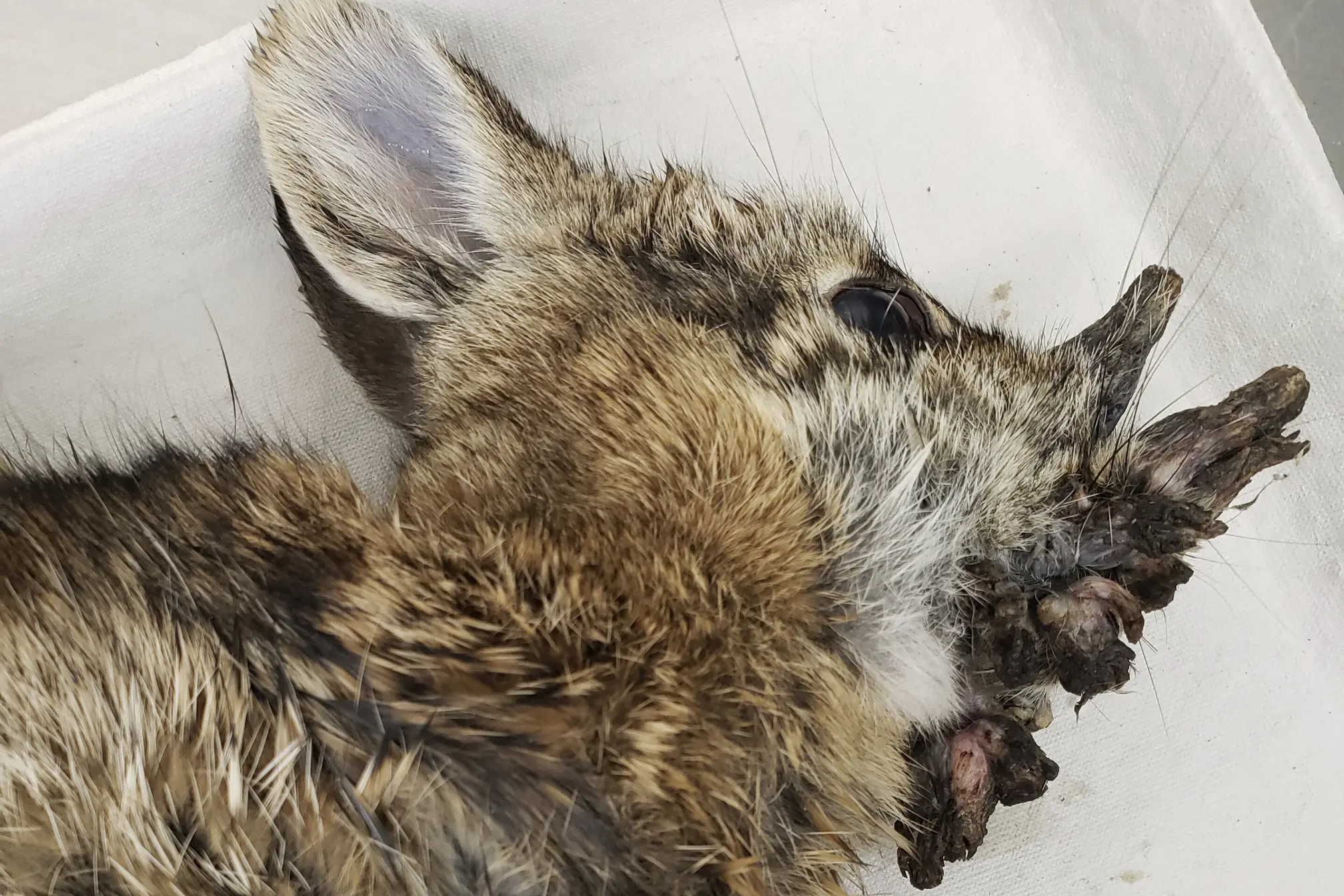
Colorado rabbits show hornlike growths linked to a common virus
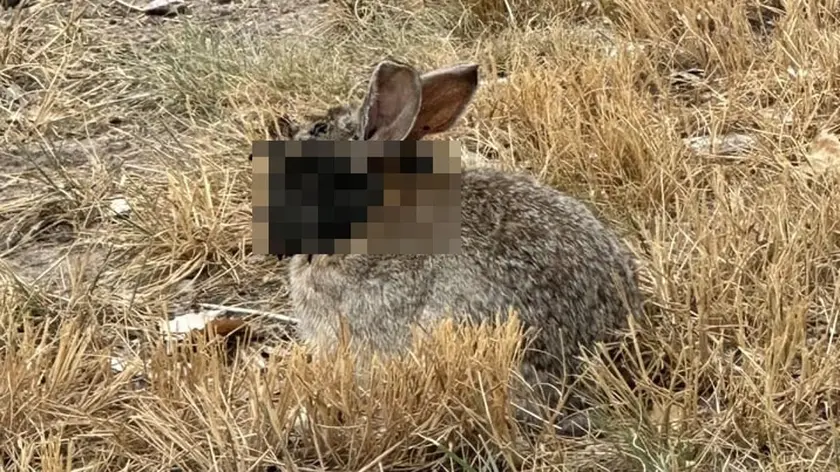
Frankenstein rabbits spotted in Colorado
